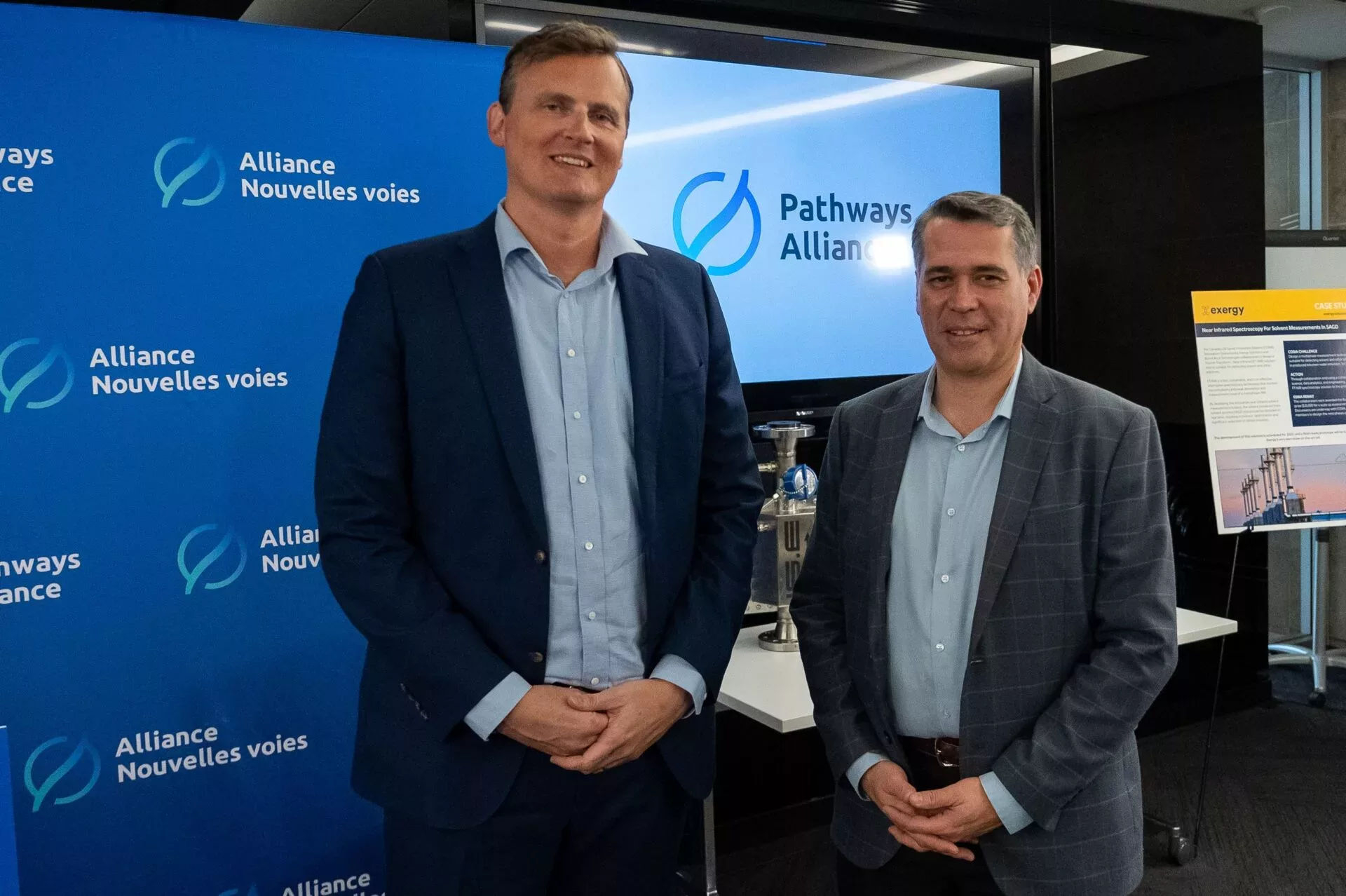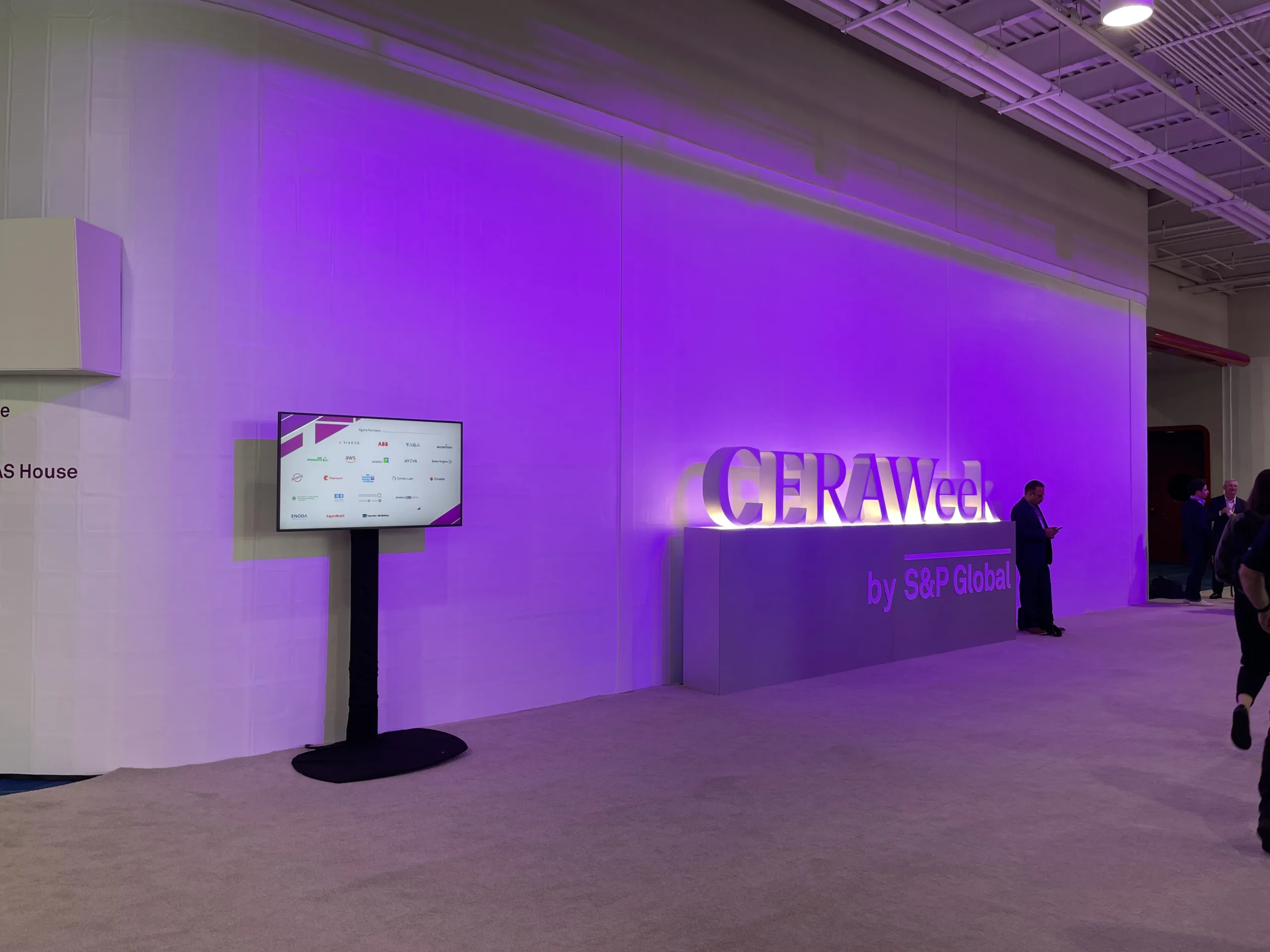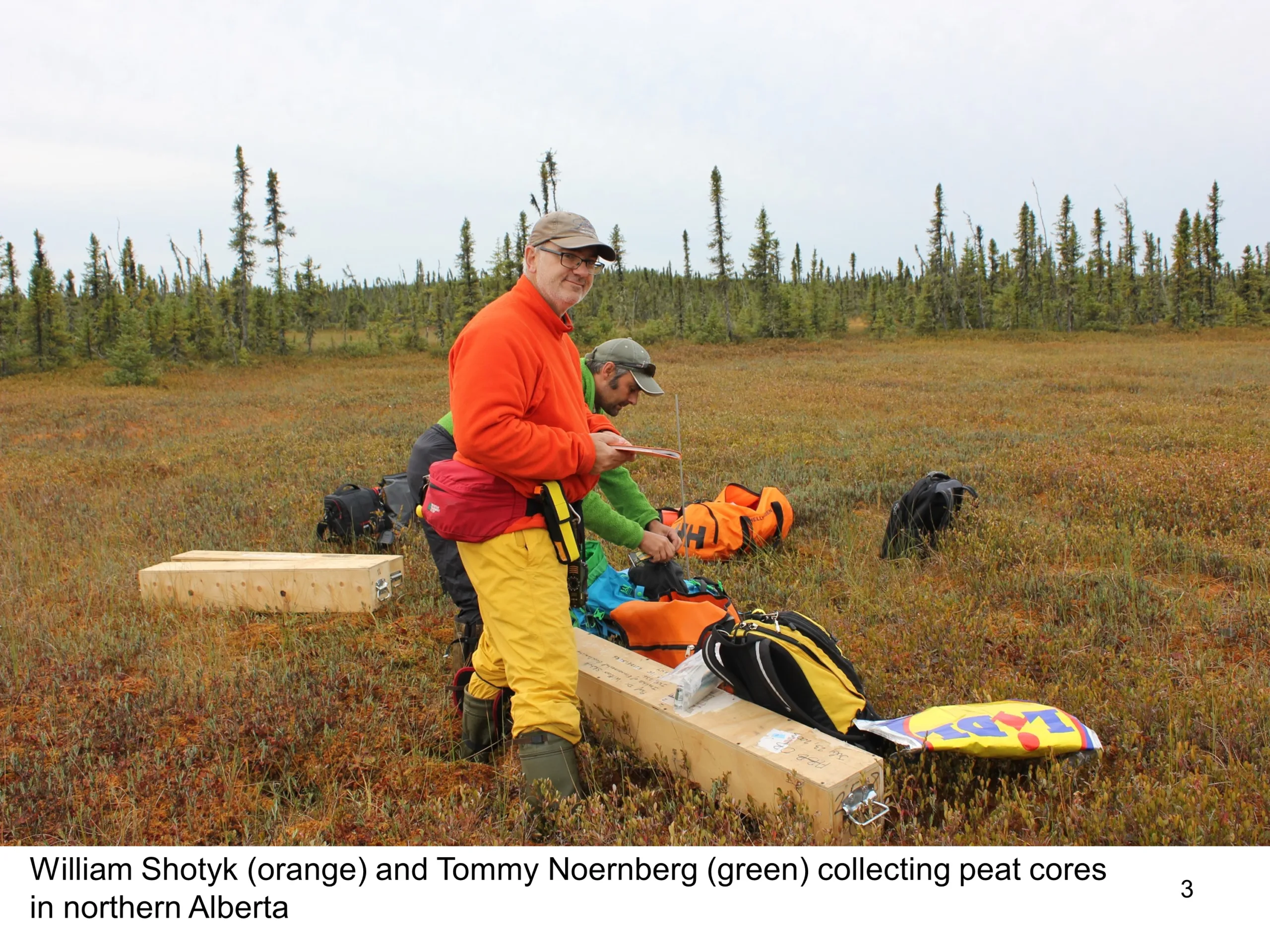From Mars to McMurray: Industry scours the world – and beyond – in a quest to reduce emissions

Canada’s oil sands industry is literally testing the outer limits to reduce greenhouse gas emissions.
And thanks to a Calgary company whose leading-edge sensing technology is being used to look for traces of life on Mars, landing a solution back on earth could be much closer to reality.
Impossible Sensing Energy took first prize in a Pathways Alliance global challenge competition to find a key measurement tool that will help move steam reduction technologies closer to finish line–and industry closer to its goal of net zero emissions by 2050.
The company edged out 50 prospective candidates from around the world, including the U.K. and Sweden, and an Ivy League University to take the $45,000 first place prize with a technology used by NASA on the Mars Rover.
“Our company’s mission and vision is sustainability and we are helping Canada get to its net zero goals,” said Ariel Torre, Co-founder and Chief Executive Officer of Impossible Sensing Canada. “Energy security is the world’s biggest problem and we are helping by supporting the transition to cleaner energy.”
The company’s optical sensing technology, called FLOW, was awarded first prize among more than 50 global competitors – including those from a U.S. Ivy League University, Sweden, and the UK – in the challenge to find a measurement device that can continuously identify precise amounts of solvents recovered in oil sands production.
The technology was first developed by the company’s U.S. affiliate for use by the Mars Perseverance Rover to find traces of life on the planet’s surface. The same advanced optical technology used to search for trace amounts of potential carbon-based past life on Mars can detect precise amounts of solvents (hydrocarbons) in the oil production stream.
The award was announced on January 12 at an event hosted by Pathways Alliance and attended by about 50 people from the local companies, the innovation community, and several members of the media.
“Industry recognizes there is no single solution to achieve net zero greenhouse gas emissions by 2050 and that no one company or one sector can get there alone. It will require multiple pathways and collaboration with some of the world’s brightest minds,” said Wes Jickling, Vice President, Technology Development and COSIA, Pathways Alliance.
Solvents, such as butane and propane, occur naturally in bitumen and the oil sands industry is testing them in novel steam reduction technologies that have demonstrated potential to dramatically reduce water use in in situ facilities — and decrease greenhouse gas emissions by potentially up to 90 per cent.
The solvents are injected into the reservoir with the steam and then recovered with the bitumen in the production well. However, accurate and reliable measurement of solvent recovery going in and out of the reservoir is an obstacle to widespread use and gains in reducing industrial greenhouse gases.
Two other Calgary companies with a joint submission were nominated as runner-up, winning a techno-economic assessment valued at $35,000. Exergy Solutions Inc., a company that helps start-ups progress their technology development to pilot scale, and Burnt Rock Technologies Ltd., a chemistry services company. They proposed modifying off the shelf Near Infrared (NIR) spectroscopy technology that’s already used in many industrial facilities for the oil sands.
The challenge launched by Canada’s Oil Sands Innovation Alliance (COSIA), the innovation arm of Pathways Alliance, was managed by Plug and Play Alberta, an innovation hub, early-stage investor, and accelerator headquartered in Silicon Valley.
Pathways Alliance member companies are advancing dozens of emerging technologies that show great promise in substantially reducing emissions, in addition to the Alliance’s foundational $16.5 billion carbon capture and storage (CCS) project in the Cold Lake region. Another $7.6 billion is targeted to these other major emissions reduction projects and new and emerging technologies, such as solvents.
To learn more about Pathways Alliance and its unprecedented level of collaboration to develop and deploy technologies to reduce emissions by visiting pathwaysalliance.ca/cleartheair.


